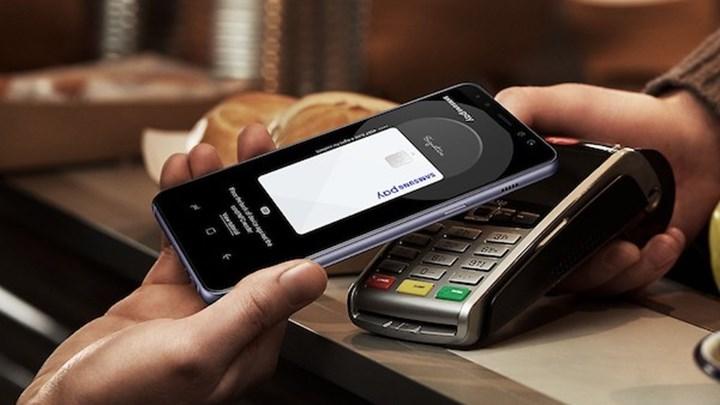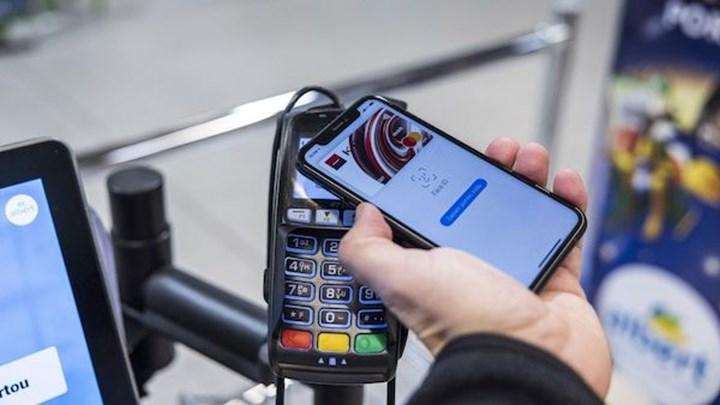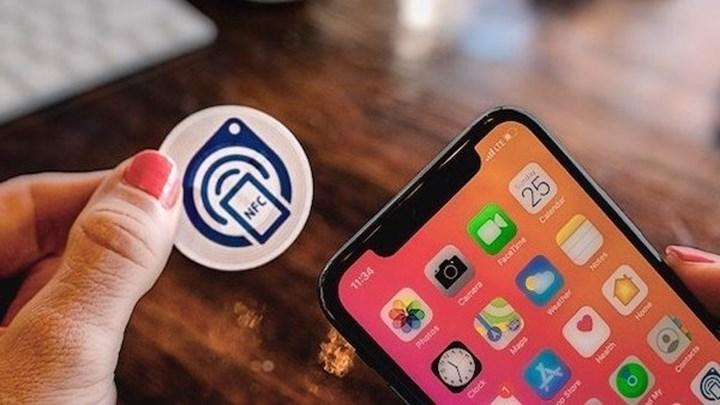
NFC feature is available on almost every Android phone and iPhone. So, what does NFC do on smartphones? What can be done with NFC? How to use the NFC feature? The answers to all the questions about Near Field Communication or NFC technology as we use it more often are in our guide.
What is parallel reality? What will this technology bring to our lives?
NFC feature
Most smartphones are equipped with Near Field Communication technology, better known as NFC. Unlike NFC, WiFi or Bluetooth, which we can briefly call a close wireless communication standard, its interaction is limited to an extremely short range. Besides smartphones, some tablets, speakers, game consoles such as Nintendo Switch and 3DS even have NFC connectivity.
Although NFC is a little dull on paper considering its short range, it is actually a very useful feature that most of us do not know and underestimate. In this article, we take a quick look at what NFC is and how it works. We’ll also talk about where you’ll most likely encounter this technology in the real world.

What is NFC and how does it work?
What is the NFC feature? We gave a short answer to the question. So, how does NFC work? NFC is not an entirely new technology. A simple evolution of RFID (Radio Frequency Identification) technology that has been around for decades. If you’ve ever used a key card to enter an office building or hotel room, you already know how it works.
Both RFID and NFC work on the principle of inductive coupling, at least for short range applications. Basically, it contains a reader device that creates a magnetic field by passing an electric current through a coil. When the tag (with its own coil) is brought near, the field induces an electric current in the tag. When the first match is achieved, all the data stored in the tag is transmitted to the reader wirelessly.
The main difference between RFID and NFC lies in the transmission range. RFID is generally used over longer distances. For example; some countries collect road tolls automatically via RFID. The stickers are usually affixed to the windshields of the vehicles and you just have to go through the toll booths. When the RFID tag is equipped with a power source, communication can take place over even longer distances.
However, NFC has a maximum range of only a few centimeters. In most smartphone-associated apps, you’ll find that the software initiates communication only through physical contact. This is a precautionary measure to prevent false transactions as it is a technology that is also used to transfer sensitive data.
Another remarkable point is that NFC devices can act as both readers and tags. This bidirectional capability allows you to use a single hardware (like your smartphone) for different types of applications.

Phones with NFC
NFC has been a staple on smartphones for a few years now. As you may recall, in 2010 the Nexus S was the first Android device to incorporate NFC technology. So, which iPhones have NFC? Apple adopted this technology in 2014; All iPhones since iPhone 6 have NFC connectivity. Similarly, this technology has been included in smart watches such as Apple Watch, from fitness trackers such as Xiaomi Mi Band.
Nowadays, we do not see NFC connection only on some low-end devices. However, the importance of NFC may vary by country. To this end, some manufacturers, such as Xiaomi, skip this technology in certain markets due to the low adoption of the technology.
NFC usage areas
- Data transfer
- Mobile payment
- Quick pairing
- Public transport
- The game
- home automation
- Banking
With the release of Android Ice Cream Sandwich in 2011, Google rolled out the Android Beam feature. This feature allows you to transfer on-screen content or data to other NFC-enabled devices. All you have to do is tap the back of both devices and accept the transfer request. Android Beam has recently been replaced by Nearby Share, which uses Bluetooth and WiFi Direct technologies.
Samsung Pay, Google Pay, Apple Pay uses your smartphone’s NFC chip for contactless payments. Most debit and credit cards today already have a built-in NFC tag. Samsung Pay, Google Pay, and Apple Pay apps emulate these tags with permission from banks and financial institutions. Once set up, all you have to do is bring your smartphone or wearable device closer to the card reader.
The convenience of NFC extends to devices without a screen. Many wireless speakers and headphones use NFC to pair with your smartphone. Some cameras also use NFC to quickly initiate a WiFi Direct connection for easy photo and video transfer.
Many cities, including Hong Kong, Singapore, and London, use NFC-based cards as a form of access control mechanism in public transport. Some systems are compatible with payment apps like Google Pay, so you don’t need to carry the card with you. Ease of public transportation is also valid for our country. You don’t have to carry a card on public transport; You can reach wherever you want just by carrying your mobile phone.

Nintendo uses NFC technology to connect physical toys to games. When you bring figures or cards with an embedded NFC chip near your Nintendo Switch or 3DS, they automatically give you additional characters, levels, or bonus items for a specific game.
Smart home platforms like Apple’s HomeKit also support NFC. You can configure ready-to-use NFC tags to control devices or automation using apps on both Android and iOS.
You don’t have to go to a branch to become a customer of a bank; It is enough to activate the NFC feature of your phone and hold your chip TC ID card to the back of your phone and scan it. If you forget your mobile internet banking password, you can renew your password by using the NFC feature. You can even reach the mobile banking login screen by bringing your contactless credit card closer to your phone and entering your card password.
How to turn on NFC feature on the phone?
NFC unlocking is different on Android phone and iPhones. You don’t need to turn on NFC on iPhone. iOS automatically activates NFC for apps like Apple Pay when needed. To turn on NFC on Android, you need to go to NFC under Settings – Connected Devices – Network and Sharing. You can find it faster by using the search function in the settings.
How to turn off NFC on the phone?
NFC off is not possible on iPhone. The feature is always on by default. To turn off NFC on Android phone, you can access NFC under Settings – Connected Devices – Network and Sharing menu.
Does the phone have NFC feature?
How do I know if my phone has NFC? If you are asking, if you are a 2015 or newer iPhone user, the hardware required for NFC is available on your phone. You can see if it is on your phone by going to Settings – Connected Devices – Network and Sharing on Android, or by searching for it from the settings or from the quick settings menu.

What is an NFC tag?
An NFC tag is a small integrated circuit consisting of a copper coil and some storage. Since there is no power supply, data can be read or written to this tag only when another NFC device is brought near it. The proximity of the NFC device creates power in the tag and enables data transmission.